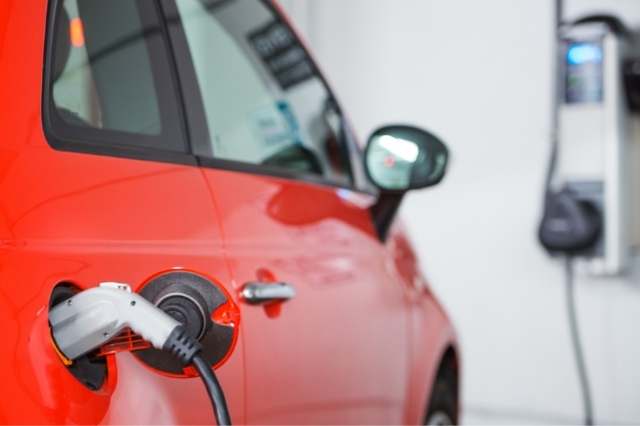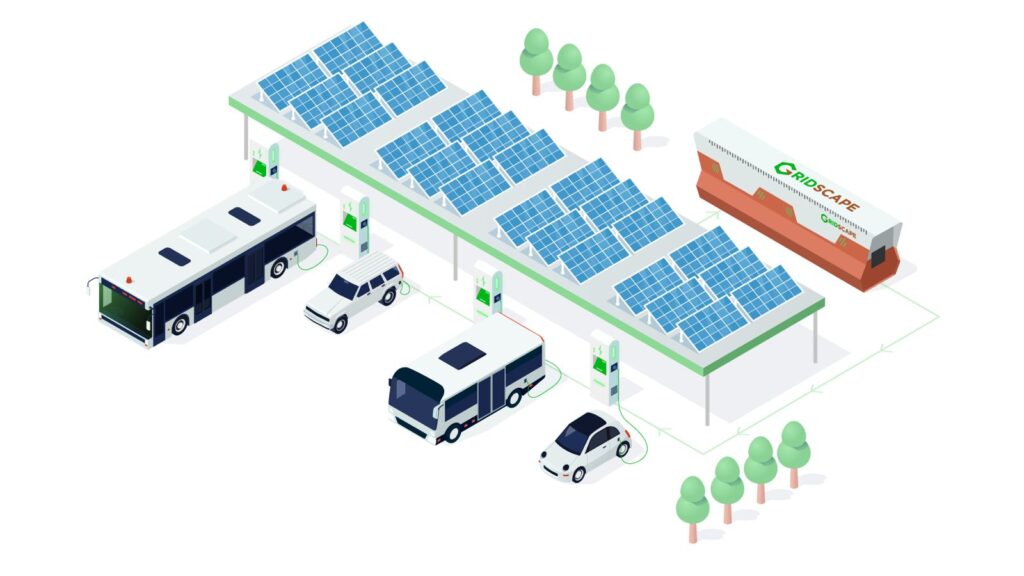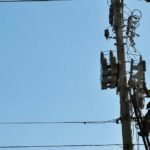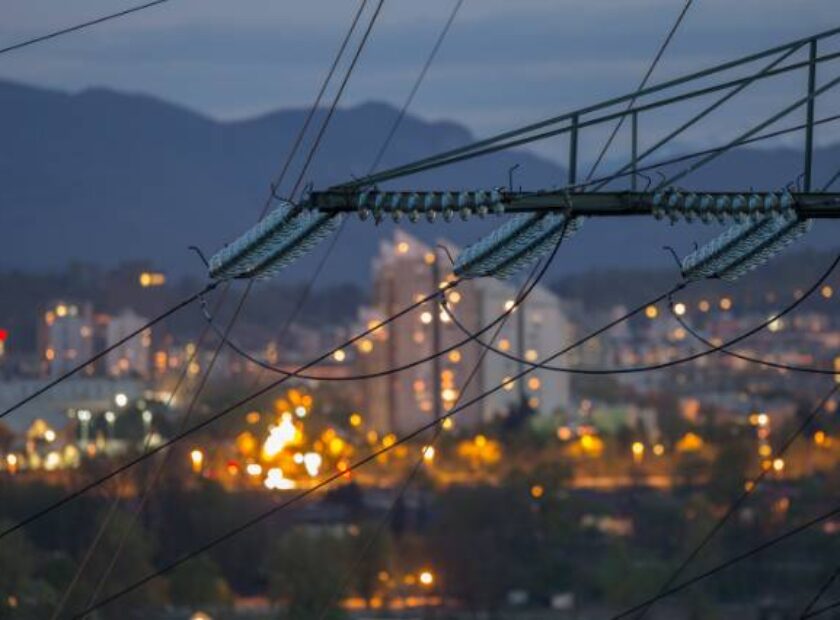How microgrids are transforming EV charging infrastructure?

”BloombergNEF’s latest projection shows electric vehicles as a $46 trillion market opportunity between now and 2050”.
Electric vehicle sales are growing ever minute, however, deploying charging infrastructure that can keep up with this ever soaring demand from electric fleets remains a significant challenge to be overcome.
Some say the grids are more than capable, some say the grids can’t take the current load then how can one expect the grids to take the additional load? Well, the question isn’t an easy one to answer,
EV makers, cities, utilities, infrastructure providers, everyone is busy making a landscape for mass EV adoption.
In California alone, the sales of electric vehicles have jumped substantially. As a result of their success, California has continued to push for aggressive adoption goals.
EVs of all types are already displacing 1.5 million barrels per day of oil usage, equivalent to about 3% of total road fuel demand.
(Source: Bloomberg)

There is no doubt that the sale of EVs will only soar in the coming years. EVs have already broken into the mainstream market and it is estimated that by 2040, 54% of all vehicles sold in the United States and 40% globally will be electric. It’s been estimated that an electric global vehicle fleet would need around 233 million charging connectors and an additional $1 trillion of investment by 2050 ( Source: Bloomberg NEF. https://about.bnef.com/blog/the-road-to-electric-car-supremacy-in-five-charts/).
With all these extra load coming from EV, will put unmanaged peak load and stress the current grid systems creating a huge challenge for energy management. The strategy for power generation and distribution therefore becomes very critical to address.
The electric grid will have to balance supply and demand. Since the power grids are already so old and stressed , they would need help of a local sustainable power plant (microgrid). The good news is, the sudden surge in electric vehicles is coinciding with increased utilization of renewable power generation and this can really help not just customers but also utility providers.
Role of a microgrid for EV charging infrastructure

A microgrid can generate electricity on demand without stressing the grid. This can act as both a generation source and a load source, adding flexibility to the grid. Furthermore; it also allows EV users to reduce their peak demand on the grid, and shift their energy consumption to hours when the energy costs are lower. A microgrid can simplify the task of providing adequate charging facilities and that in turn will help in reducing the cost, thereby making EV charging more affordable.
The fact that microgrids can produce energy on demand- makes them truly unique and extremely reliable.
A microgrid can provide dynamic energy management and on-site energy storage which means much better energy management and distribution system, and it can enable grids to control load in a way that puts lesser pressure on the grid.
A local sustainable power grid will allow solar energy to be stored in on-site batteries and used later to charge EVs when electricity prices are high during peak times. This simply means it allows you to charge at any time without destabilizing the grid. A microgrid also brings down costs, and the system is highly agile and software-driven which means easy upgrades and more control.
A microgrid is democratic in nature, it provides an opportunity for building EV charging stations in underserved or remote locations where power is an issue.






